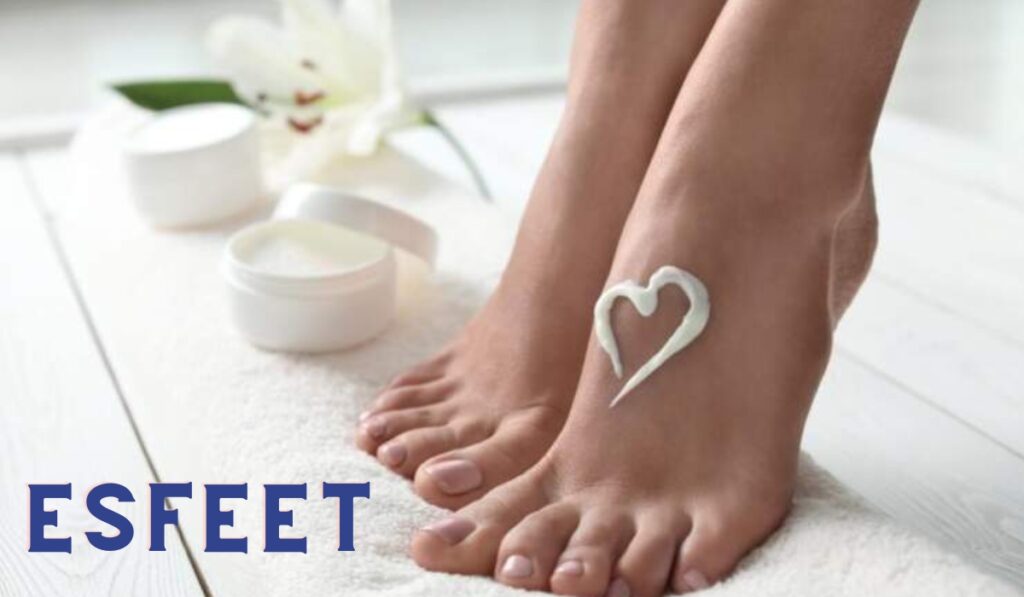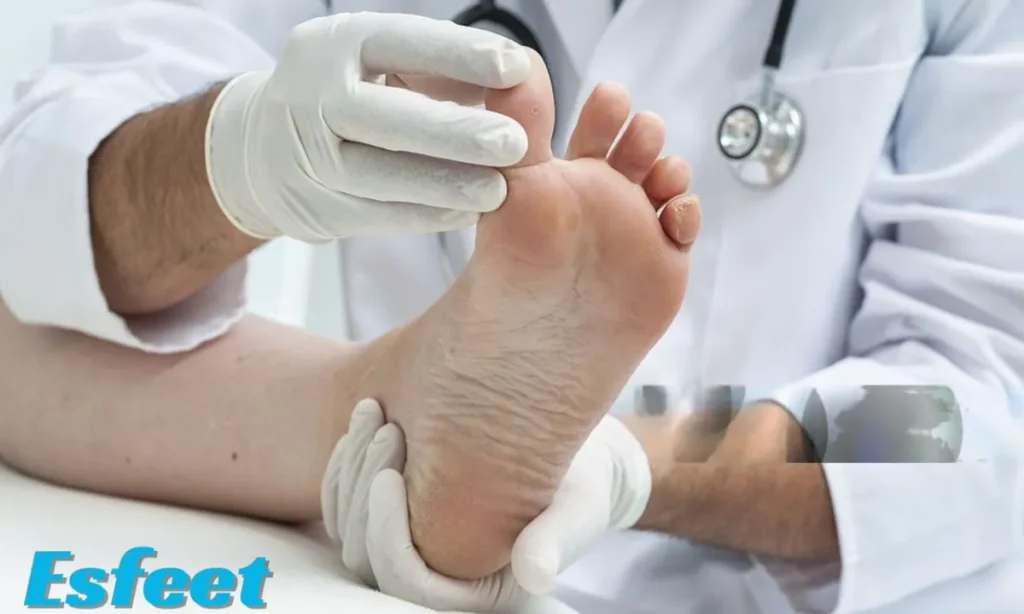10 Tips for ESFeet

ESFeet complete guide, your go-to resource for everything related to foot health and care. Whether you’re looking to alleviate discomfort, prevent injuries, or simply improve your overall foot health, this guide has got you covered. From essential tips to frequently asked questions, dive into the world of foot care and discover how to keep your feet feeling their best.
Understanding ESFeet: What You Need to Know
ESFeet, short for Essential Footcare Solutions, encompasses a range of practices aimed at maintaining optimal foot health. From proper hygiene to footwear choices, each aspect plays a crucial role in ensuring your feet remain healthy and pain-free.
The Importance of Foot Health
Your feet serve as the foundation for your entire body, supporting you throughout various activities and movements. Neglecting foot health can lead to discomfort, pain, and even injury, impacting your overall well-being.
Common Foot Problems
From blisters and calluses to more serious conditions like plantar fasciitis and bunions, foot problems can arise due to various factors, including improper footwear, repetitive stress, and underlying health issues.
Tips for Optimal Foot Health
Maintaining healthy feet doesn’t have to be complicated. By following these expert tips, you can ensure your feet receive the care and attention they deserve.
1. Choose the Right Footwear
Invest in shoes that provide adequate support, cushioning, and room for your toes to move freely. Avoid shoes that are too tight or narrow, as they can cause discomfort and lead to foot problems.
2. Practice Good Hygiene
Keep your feet clean and dry to prevent bacterial and fungal infections. Wash them daily with mild soap and water, and make sure to thoroughly dry them, especially between the toes.
3. Trim Your Toenails Properly
Trim your toenails straight across to avoid ingrown nails and other issues. Use proper nail clippers and avoid cutting them too short to reduce the risk of injury.
4. Maintain a Healthy Weight
Excess weight can put added pressure on your feet, leading to discomfort and increasing the risk of foot problems. Maintain a healthy weight through regular exercise and a balanced diet.
5. Stretch and Exercise Regularly
Incorporate foot exercises and stretches into your daily routine to improve flexibility and strength. Focus on movements that target the muscles and ligaments in your feet and ankles.
6. Give Your Feet a Break
If you spend long hours on your feet, take regular breaks to rest and elevate them. This can help reduce fatigue and prevent overuse injuries.
7. Wear Supportive Insoles
Consider using orthotic inserts or insoles to provide additional support and cushioning for your feet. These can help alleviate discomfort and reduce the risk of injuries.
8. Avoid Going Barefoot in Public Places
Protect your feet from potential hazards like sharp objects and infections by wearing shoes or sandals in public areas such as pools, gyms, and locker rooms.
9. Address Foot Pain Promptly
Don’t ignore persistent foot pain or discomfort. If you experience any issues, consult a healthcare professional for proper diagnosis and treatment.
10. Schedule Regular Foot Exams
Make foot health a priority by scheduling regular check-ups with a podiatrist or foot specialist. They can identify any potential problems early on and provide personalized recommendations for optimal care.

ESFeet Complete Guide: FAQs
Explore answers to some of the most commonly asked questions about ESFeet and foot health.
How often should I replace my running shoes?
Running shoes typically last for about 300-500 miles, depending on factors like your weight, running style, and the terrain you run on. It’s essential to replace them regularly to maintain proper support and cushioning.
What are the best socks for foot health?
Opt for moisture-wicking socks made from breathable materials like cotton or wool. These help keep your feet dry and reduce the risk of blisters and fungal infections.
Can foot problems be hereditary?
Yes, certain foot conditions, such as flat feet and bunions, can have a genetic component. However, lifestyle factors also play a significant role in determining overall foot health.
How can I prevent blisters on my feet?
To prevent blisters, wear properly fitting shoes and moisture-wicking socks, and consider using blister-prevention products like moleskin or special blister patches.
What is the best way to treat heel pain?
Treatment for heel pain depends on the underlying cause but may include rest, ice therapy, stretching exercises, and wearing supportive footwear or orthotic inserts.
Are flip-flops bad for your feet?
While convenient for short periods, flip-flops provide minimal support and can lead to arch and heel pain with prolonged wear. Limit their use, especially for extended walking or standing.
Conclusion
Achieving optimal foot health is within reach with the right knowledge and practices. By incorporating the tips outlined in this guide and staying proactive about your esfeet care, you can enjoy greater comfort and mobility for years to come.




Leave a Comment